- Math
- |
- Classroom
- |
- Critical Thinking
- |
- Free
- |
- Multiplication
Error Analysis for Enrichment and Critical Thinking
By Mary Montero
Share This Post:
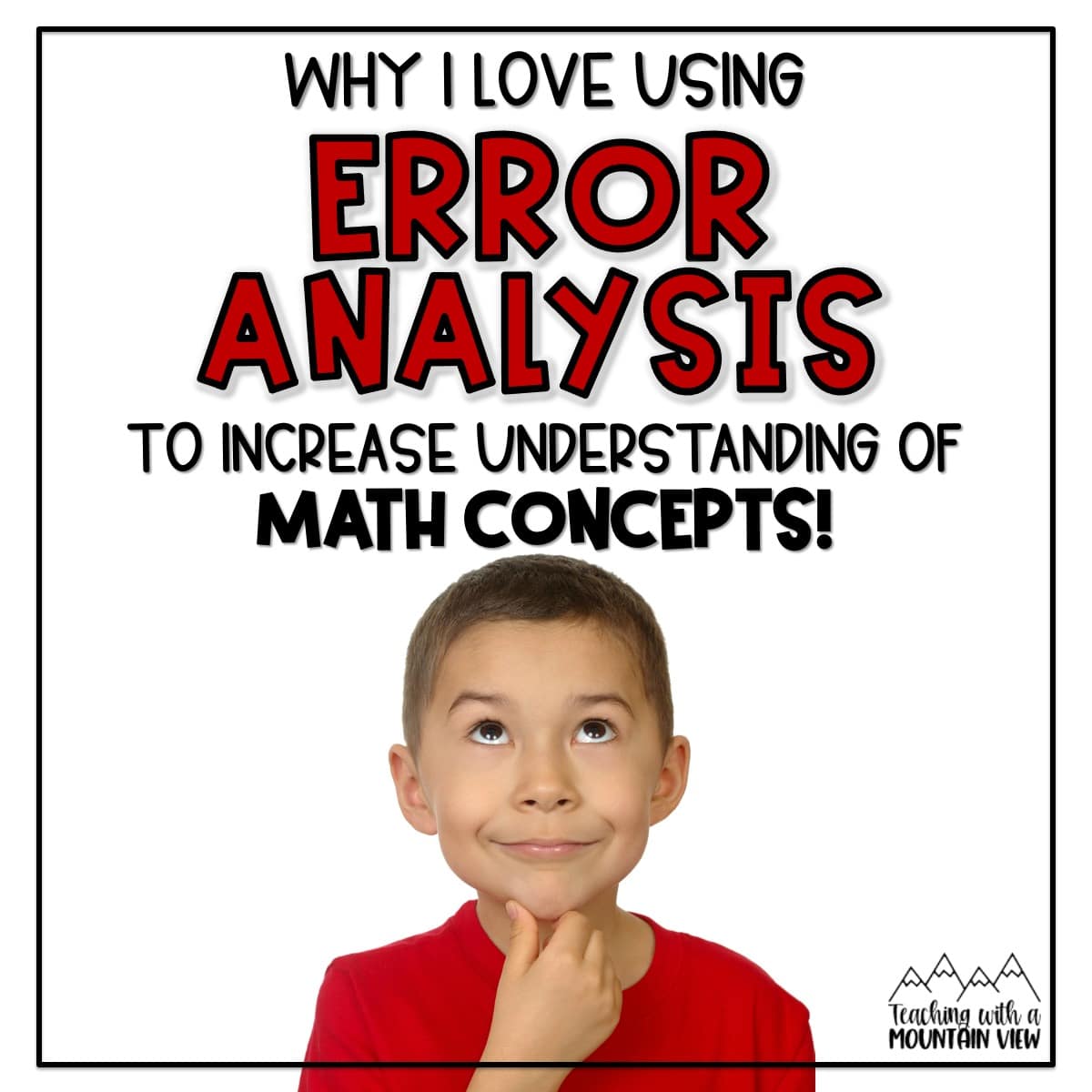
This year, working with a wide variety of students, many needing either extra help or extra enrichment and extensions, I have been doing a lot of reading about all different levels of need. One of my absolute FAVORITE ideas for enrichment this year has been error analysis. I have done it with my 3rd, 4th, and 5th graders on different topics, and they are a big hit.
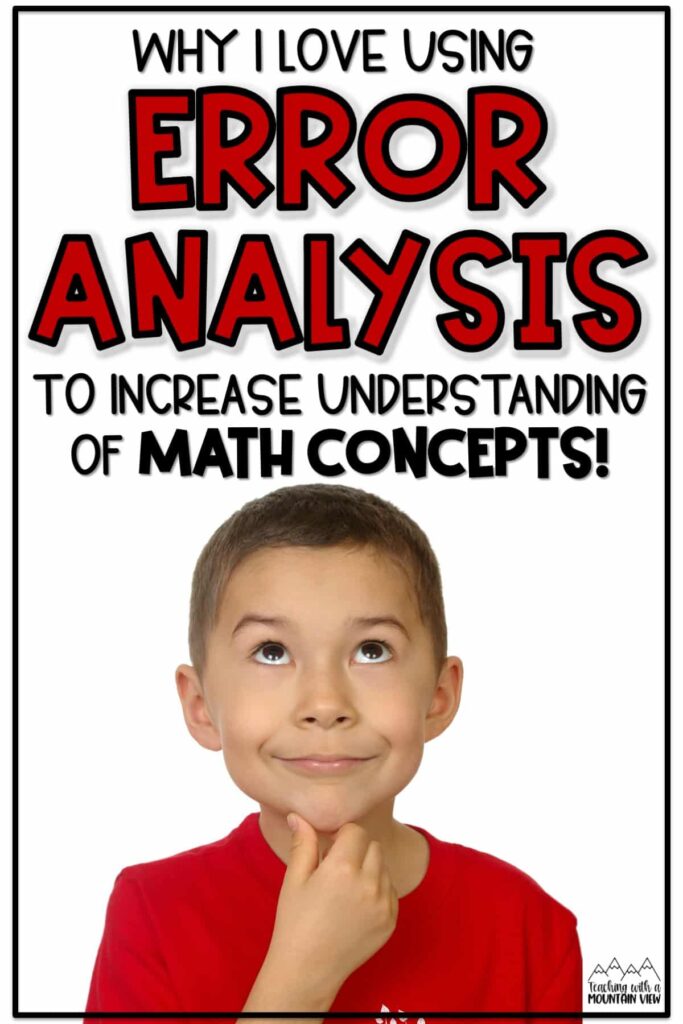
Why I love Error Analysis
The Research
I began creating these tasks for my students after reading about Marzano’s New Taxonomy (Systems of Knowledge). Under Analysis, he lists error analysis as an exceptional way to promote thinking and learning. As soon as I read this, I knew it would be incredibly meaningful for both enrichment purposes AND reteaching purposes.
Students Love It!
My students LOVE, LOVE, LOVE the challenge error analysis poses, and I have even seen kids take the sheets out to recess because they are determined to figure out what error took place or the perfect wording to describe what happened.
It Encourages Critical Thinking
So much of what students are asked to do in math is all about solving the problem and finding the answer. That’s important, but students need to look at math in different ways to truly grasp a complete understanding of concepts. If we only ask students to solve problem after problem, we end up with a very surface-level understanding of a concept. When we give them error analysis tasks, students are challenged to figure out the error, explain the error in their own words, rework the problem, and attempt to give advice to the student who made the mistake. That’s a lot of critical thinking going into one problem and really increases their depth of understanding!
Students Can Analyze Their Own Mistakes
When I see that a student has made a mistake on his/her work (especially when I am conferencing individually with them), I always ask them to find their error rather than telling them what they did wrong. Before I explicitly taught error analysis, it was rare that students could find their error, especially if it wasn’t super obvious. After having direct practice, students are much better able to look through their work, step-by-step and identify the error.
It Prevents Students From Making The Same Mistakes
Although I usually assign error analysis tasks toward the end of a unit, when students have nearly full conceptual understanding of a concept, it always amazes me how SEEING an error first hand can prevent students from making that same mistake in their own work.
How I Create Error Analysis Tasks
I research different errors that are commonly made in whatever concept we are working on, I pull from common errors I have seen before, and I take errors that my kids are currently making. Then, I make a page with a problem that has an error, and it is the student’s job to figure out what the error is. This is not easy for students, but oh my, it sure stretches their thinking! You can easily take any student error and turn it into an error analysis task.
I teach students how important it is to walk through the problem step-by-step. They need to figure out if the student has made a basic computational mistake or if the student has made an even bigger, more significant conceptual mistake.
Once they figure out what the problem is, they have to give the “student” who made the mistake some advice on avoiding making the same error next time. This is also challenging for the kids, but I have seen so many amazing new understandings come out of this type of thinking. Finally, students have to rework the problem on their own.
At the beginning of the year, we complete several examples together. My FREE addition error analysis is a good place to start, no matter the grade level. I show them the process of walking through the problem and how best to complete an error analysis task.
From that point forward, I have students complete these tasks for just about every math concept It each. I usually do one or two examples with the kids first so that they know my expectations and so that they can warm up their brains to the types of errors that might be made in a specific math concept, and then they are begging me to pass them out and send them off on their own.
Ways To Use Error Analysis
You can use these error analysis tasks in so many different ways. For my talented and gifted kids, I have used them as an assessment when they have shown mastery of a unit during other tasks. For kids in the regular classroom needing enrichment, I usually have them complete the tasks in a center or with a partner.
For students needing extra support, we complete error analysis in small groups. We go step-by-step through the concept and they are always able to eventually identify what the error is. It is so empowering to students when they finally figure out the error– AND it helps prevent them from making the same error in the future.
Ready Made Error Analysis Tasks
Don’t want to create your own tasks? I have many error analysis tasks for almost every math concept I teach ready-made in my TpT store. This Multi-Digit Multiplication Error Analysis Pack or this Long Division Error Analysis Pack are personal favorites!
I never imagined how much I would TRULY fall in love with error analysis! My students beg for them! I include answer keys with possible answers, and I always include a blank analysis page for you to create your own based on errors students in your class are making.
More Error Analysis Tips
Looking to dive deeper into error analysis? This related post will help you teach students the difference between conceptual and computational errors.
Mary Montero
I’m so glad you are here. I’m a current gifted and talented teacher in a small town in Colorado, and I’ve been in education since 2009. My passion (other than my family and cookies) is for making teachers’ lives easier and classrooms more engaging.







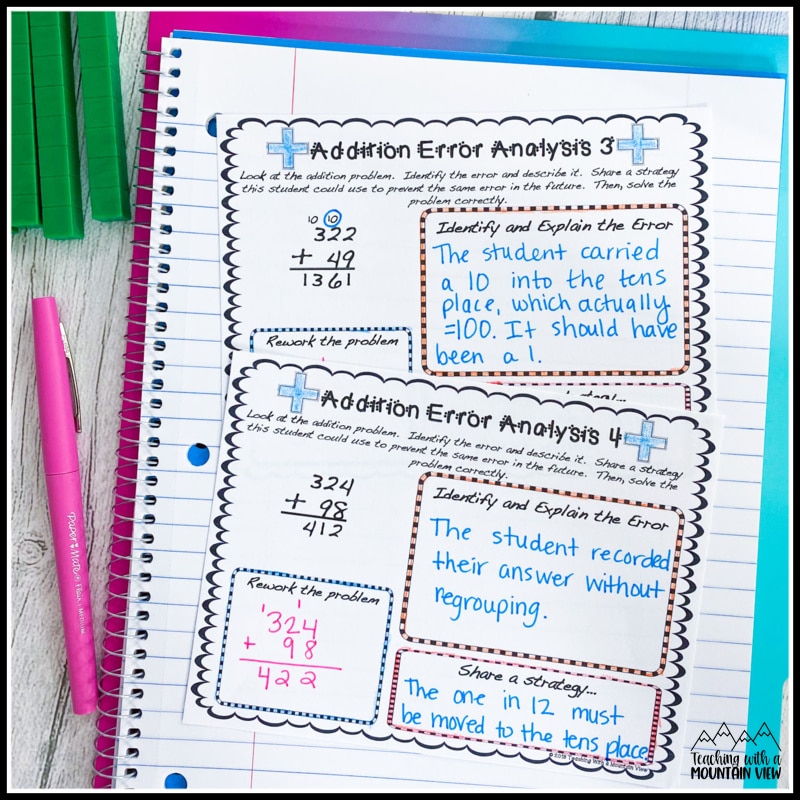
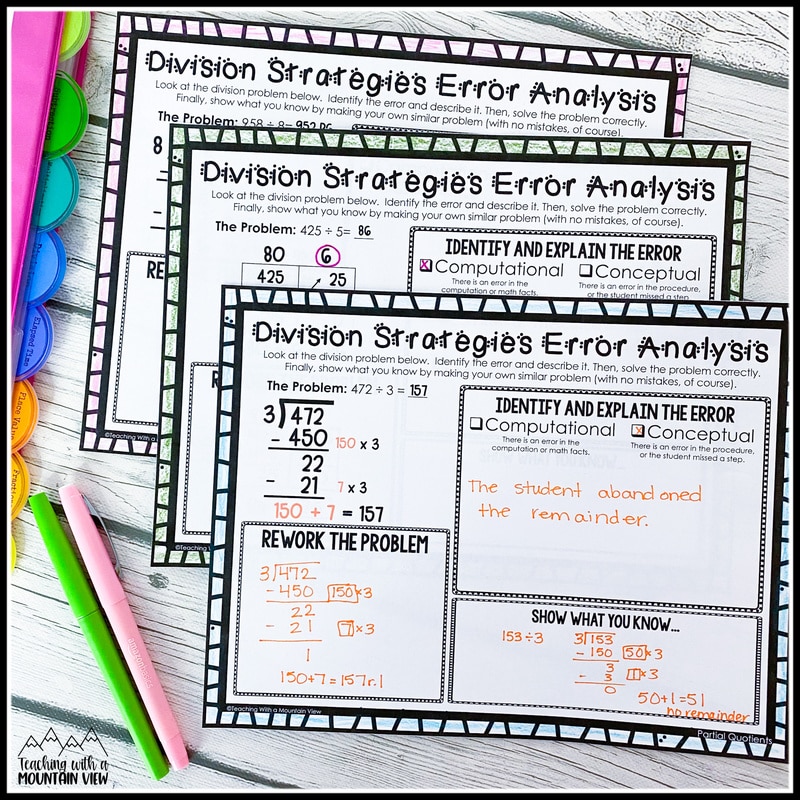
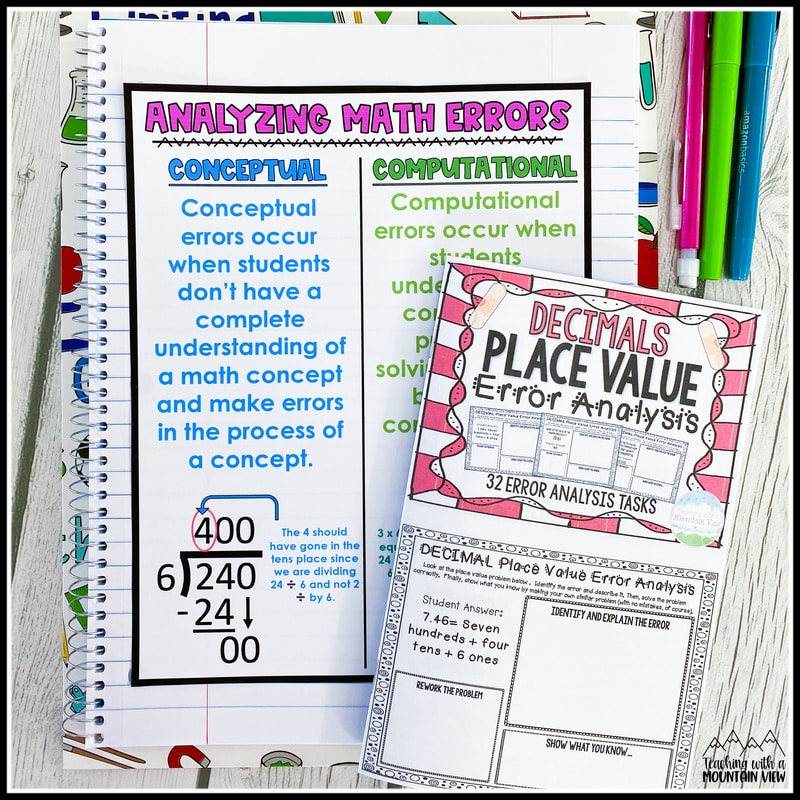






I really like this idea and your worksheet. I will be using it. I've done it informally in the past on whiteboards in my guided groups and found that it really promoted mathematical thinking and accountable talk by the students. It teaches the kids to be aware of their own thinking. In reading, we teach Monitoring Comprehension and fix up strategies. In math, students need to be taught this as well.
Often times as teachers, we say to double check your work without really teaching the kids how to double check. Error analysis is a great way to teach kids how to double check their work for careless errors.
Hi,
This such a good post. I teach first and struggled with a way to keep my high kids going, and I think this is a great way of doing it. What book by Marzano did you read?I'd like to read up on it some more. Thanks.:-)
ugg uk
nike free
gucci outlet
hollister shirts
coach outlet store
evening dresses
christian louboutin outlet
michael kors outlet, http://www.michaelkorsoutletcanada.in.net
san antonio spurs jerseys
lululemon
cheap jordans, http://www.jordan-shoes.us.com
kate spade handbags
nike huarache
coach outlet online
yoga pants, http://www.yogapants.us.com
the north face outlet store
pandora charms
air max 2014
burberry outlet online
michael kors outlet, http://www.michaelkorsoutletonlinstore.us.com
beats headphones
babyliss pro
instyler
prada shoes
kate spade outlet
tory burch outlet
lacoste shirts
lebron james shoes
stuart weitzman boots
michael kors canada, http://www.michaelkorsoutletcanada.in.net
babyliss
oakley sunglasses, http://www.oakleysunglassescanada.com
fred perry sale
green bay packers jerseys
coach outlet canada
nike roshe run
jordan 4
atlanta falcons jersey
kate spade outlet
0811maoqiuyun